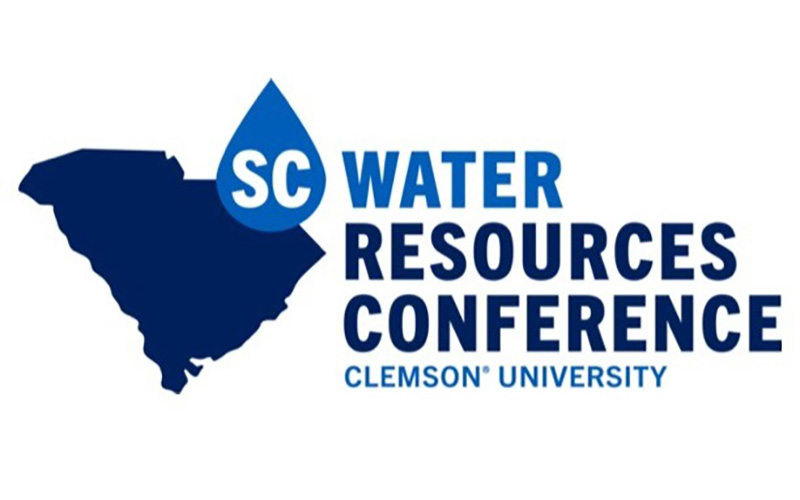Volume
2
Issue
1
Abstract
In our day-to-day work, ‘managing messes’ seems like an apt description of how we react to what needs to be done. I started this note last July when South Carolina was in the midst of a mild yet potentially deepening drought. The early October storm turned things upside down, disrupting the state, leading to the deaths of a dozen people, and producing damage estimated to be in the billions of dollars. As of November 10, Charleston has recorded 71 inches of rain and should surpass the record yearly rainfall of 73 inches, set in 1964.
As we work on recovery amid continued wet conditions, fortunately the state of the state of water planning is improving, thanks to efforts by the Department of Natural Resources and multiple partners. The Division of Land, Water, and Conservation at DNR has been tasked with building on existing knowledge from its multiple partners and collaborators to develop a State Water Plan (http://www. dnr.sc.gov/water/waterplan/surfacewater.html) that will take into account surface water availability for the eight major river basins in the state. This large task requires collaboration across multiple groups and integrating data at a wide range of scales. With this guidance, local municipalities and state agencies across disciplines will be armed with information to plan for a rapidly-growing population and to make data-based management decisions that balance economic needs with the protection of our water resources. As Jeff Allen of the South Carolina Water Resources Center describes in the Foreword, large collaborations like this are challenging but sorely needed in order to inform stakeholders.
The articles chosen for our second volume address the environmental and economic value of our water resources, from understanding the changing river flows, the water quality threats in the different river basins, and how climate and weather patterns influence water availability across river basins from the individual ecosystem to regional scales of influence.
Because South Carolina and the Southeast U.S. is blessed with rich resources - natural, social, historical, and cultural - we hope this second volume of articles will be informative to water resource scientists, managers, academics, and other stakeholders. Fortunately, water is not something South Carolinians take for granted. Because we have such a strong connection to nature, our waters are something with which we all have a vested interest in.
Recommended Citation
(2016)
"Journal of South Carolina Water Resources Volume 2, Issue 1,"
Journal of South Carolina Water Resources: Vol. 2
:
Iss.
1
, Article 10.
Available at:
https://open.clemson.edu/jscwr/vol2/iss1/10






